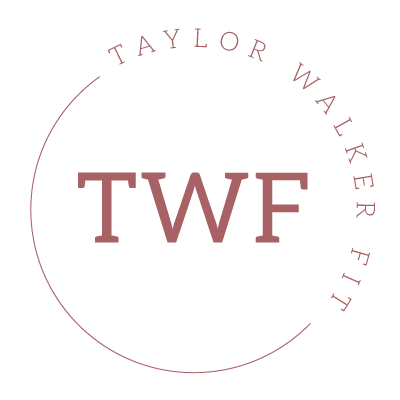
We all know that Black History month falls in February, but did you know, it also happens to be Heart Health Month? The experts from Baptist Health South Florida say, the link between the two should not be ignored.
As we have seen throughout 2020, the COVID-19 Pandemic has disproportionally affected communities of color including people of African-American and Hispanic descent compared to the non-Hispanic white population . The same is true for heart disease risk-factors including: diabetes, obesity and high blood pressure.
Marcus St. John, M.D., interventional cardiologist and medical director of Miami Cardiac & Vascular Institute‘s Cardiac Catheterization Lab (Cath Lab) explains that the trends in both COVID-19 hospitalizations and Heart Disease “ may be mostly related to socioeconomic factors that lead to less access to healthy nutrition, less access to high quality healthcare, less health-seeking behaviors, and an increased to salt sensitivity which can lead to higher rates of hypertension. And sometimes it’s more difficult for Black Americans to achieve their blood pressure targets.”
Guess what? High blood pressure and heart disease are very common in my family on my father’s side. It is something we watch very closely. I am monitored frequently at the OB and only experienced high blood pressure one time in my life. With that said, according to a recent study presented by the Society for Cardiovascular Angiography & Interventions (SCAI), nearly 45 percent of African-Americans and U.S. Hispanic people would not feel comfortable going to the doctor during the COVID-19 Pandemic. Dr. St. John also shares that BIPOC communities have confirmed a distrust in the healthcare system among racial minorities as well as the vast imbalance of healthcare outcomes between U.S. White and Non-White populations.
So where is the correlation?
African Americans are at a higher risk for heart disease and we now know that people who are infected with COVID-19 are at higher risk of death and hospitalization when comorbidities are present, combine that with a distrust in the healthcare system, lack of access to care, implicit bias within the healthcare system and it can be a recipe for disaster.
In closing, Dr. St. John makes an intensely powerful statement: “The pandemic has shed further light on disparities in minority communities and underprivileged communities,” says Dr. St. John. “When we see patients as physicians, we try to be as unbiased as possible. Yes, some of the health issues are the result of choices — poor nutrition and lack of exercise. But much of it is circumstances in which people live without ready access to health care, nutritious food and safe spaces for recreation.
That is a broader conversation and one that connects the dots to all of the above. If we are to change systems that are broken and failing the BIPOC communities, then we must open our eyes and continue to learn!
For more stats on the disparity, read the full blog here!


